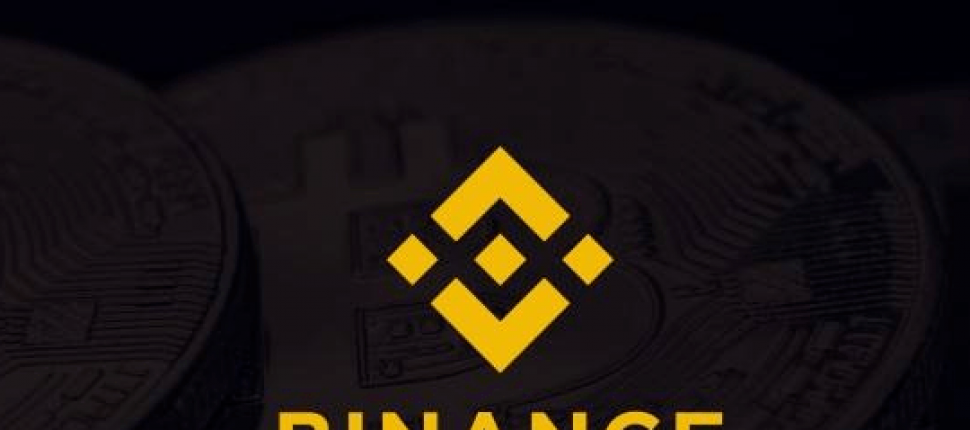- >Best Crypto Exchanges
- >Binance vs Coinbase
Coinbase vs Binance Compared
- Earn $200 in free crypto after completing sign-up process. Terms apply.
- Variety of products including exchange, staking, wallet
- Advanced Trading options for experienced traders
Coinbase & Binance Fees Compared
If trading fees are your main concern, then it’s no question that Binance is the better option than Coinbase. However, it should be noted that this is not necessarily a fair comparison when these fee structures are viewed in a vacuum. Coinbase is a platform that is focused on ease of use and simplicity more than anything else, and it really operates more as a brokerage platform than an advanced trading desk. While Coinbase fees can be as high as 4% when using a debit card, it’s important to remember that the user is really paying for convenience here more than anything else.
If you’re doing less than 50 BTC worth of trading on a monthly basis, then the fees for trading on Binance are going to be 0.1% per trade. These fees decline as your monthly trading volume increases. The base fee on Coinbase is 1.49%, but as mentioned previously, this can more than double if you are using a debit card rather than your bank account as the funding source for a trade. Of course, it’s also important to remember that Coinbase also has its own advanced trading platform in the form of Coinbase Pro, where the fees are more comparable to Binance. Binance also has a simpler trading interface available for those who need it.
Features
Coinbase and Binance are such large institutions in the world of cryptocurrency that they can be viewed more as general platforms rather than just exchanges. Both of these exchanges have expanded to offer a variety of additional features on top of their base exchange offerings over the years.
One feature that both of these crypto institutions have in common is that it’s possible to gain access to relatively small amounts of cryptocurrency without going through extensive Know Your Customer (KYC) requirements. For example, you can purchase up to $9,500 worth of cryptocurrency via Coinbase by only providing a phone number as a form of verification. Verification requirements on Binance are even less strict, as users are able to withdraw up to 2 bitcoin’s worth of cryptocurrency per day without verifying their accounts.
Both platforms have also added support for crypto lending and interest accounts, although Binance is much more developed in this area. At this time, borrowing against bitcoin holdings is not a feature that has been rolled out to all Coinbase users. With Binance, there are a variety of options for borrowing and earning interest by way of many different crypto assets.
Both of these platforms also have their own debit card offerings, which allow users to turn their crypto assets into cash that can be spent at any location where Visa is accepted in a matter of seconds. Users can even withdraw physical cash from ATMs with these cards.
Binance has also extended their platform into many other areas, including the launch of a bitcoin mining pool and the ability to trade derivatives. Coinbase has a unique offering in the form of Coinbase Earn, which allows users to earn free cryptocurrency as they learn about the specific features of new crypto assets. However, users should be aware that this educational material only focuses on the positives and none of the potential negative aspects of the various crypto assets included in the program.
One key differentiator between Coinbase and Binance that should be kept in mind is that Binance does not have a connection to the traditional financial system, at least not in the United States. In other words, you can’t actually move U.S. dollars from your bank account to Binance for trading.
Speed
There is not much difference between these two platforms when it comes to trade execution speed. While users may assume that Coinbase is a bit slower due to the fact that it is a brokerage platform rather than a platform for traders, the reality is trades made via Coinbase are pushed through Coinbase Pro behind the scenes.
In terms of deposits and withdrawals, it’s a bit difficult to compare these two platforms because they operate on different levels of regulatory compliance. Coinbase aims to follow almost every direction from regulators in the United States, while Binance is avoiding connections to U.S. bank accounts for now due to potential regulatory compliance issues. That said, it’s clear that you’ll be able to move money back and forth between your bank account and crypto if you’re using Coinbase in the United States. In fact, you won’t even be able to use Binance from the United States unless you already have access to cryptocurrency. Of course, there is a peer-to-peer trading platform offered by Binance too, but this tends to come with higher fees. Both of these platforms also allow their users to purchase bitcoin and other crypto assets instantly by way of a debit card.
Signing up for either of these platforms is also a quick and painless process, as neither of these exchanges require a large amount of personal information to verify a user’s identity before they can start trading. Of course, as mentioned above, the limits of what a user is able to do with an unverified account are much higher on Binance.
Security
In terms of security, it would appear that Coinbase has a slight edge over Binance. Binance has been hacked a number of different times, and Coinbase has never faced a serious security incident. While Binance has ways of dealing with hacks to make sure that their users don’t actually lose any money, the fact that they have been hacked more than once is something to consider. After all, it’s possible that their insurance system will always be able to bail out their users.
Coinbase is also more friendly with regulators, which is an overlooked aspect of security. The fact that Binance allows Americans to trade on their platform without a high level of anti-money laundering policies in place could make them a target for enforcement actions from the U.S. government, including a potential clamp down on the platform as a whole. Binance is also highly reliant on Tether for USD-denominated trading, which operates in a sort of regulatory grey area.
Neither exchange is FDIC insured but that’s common of nearly every crypto exchange and shouldn’t be a dealbreaker.
Currencies
When it comes to the number of cryptocurrencies supported by each platform, it’s no secret that Binance blows Coinbase out of the water. While there are more digital currencies available for trade on Coinbase Pro, the base Coinbase platform is somewhat limited in terms of what the users are able to buy and sell. Binance, on the other hand, came to prominence during the explosion of new tokens that occurred in 2017, and they’ve always focused on offering as many tokens for trade on the platform as possible. It would be difficult to list all of the tokens available for trade on Binance, as there are over 1,000 trading pairs on the platform as of 2020.
Trading Power
While Binance offers a more powerful trading experience than Coinbase, it’s important to remember that Coinbase Pro is also available to Coinbase users. In other words, those who wish to gain access to a more powerful trading experience on the overall Coinbase platform are able to do so if they wish.
Binance has a variety of trading levels available for users as well, and they offer the ability for anyone from an experienced trader to the technically illiterate to easily buy and sell bitcoin and other assets on their platform. Of course, the lack of integration with U.S. bank accounts is a potential issue here in terms of being able to move money around, but the reality is Binance users are also able to move dollars to other exchanges by way of the Tether stablecoin.
One trading feature found on Binance that is not found on Coinbase is derivatives trading, which is another factor to consider.
Ease of use
Ease of use is Coinbase’s bread and butter. The entire platform is built entirely around the idea of making it as easy as possible for users to learn about and purchase cryptocurrencies for the first time. This is what drove the app to the top of the Apple App Store charts in late 2017. This user-friendly interface combined with the ability to connect a bank account to a Coinbase account makes the exchange the obvious winner over Binance in this department.
This is not to say that Binance cannot be used in a user-friendly manner, but the reality is that they’re just not as focused on new users as much as Coinbase.
Find more comparisons:



